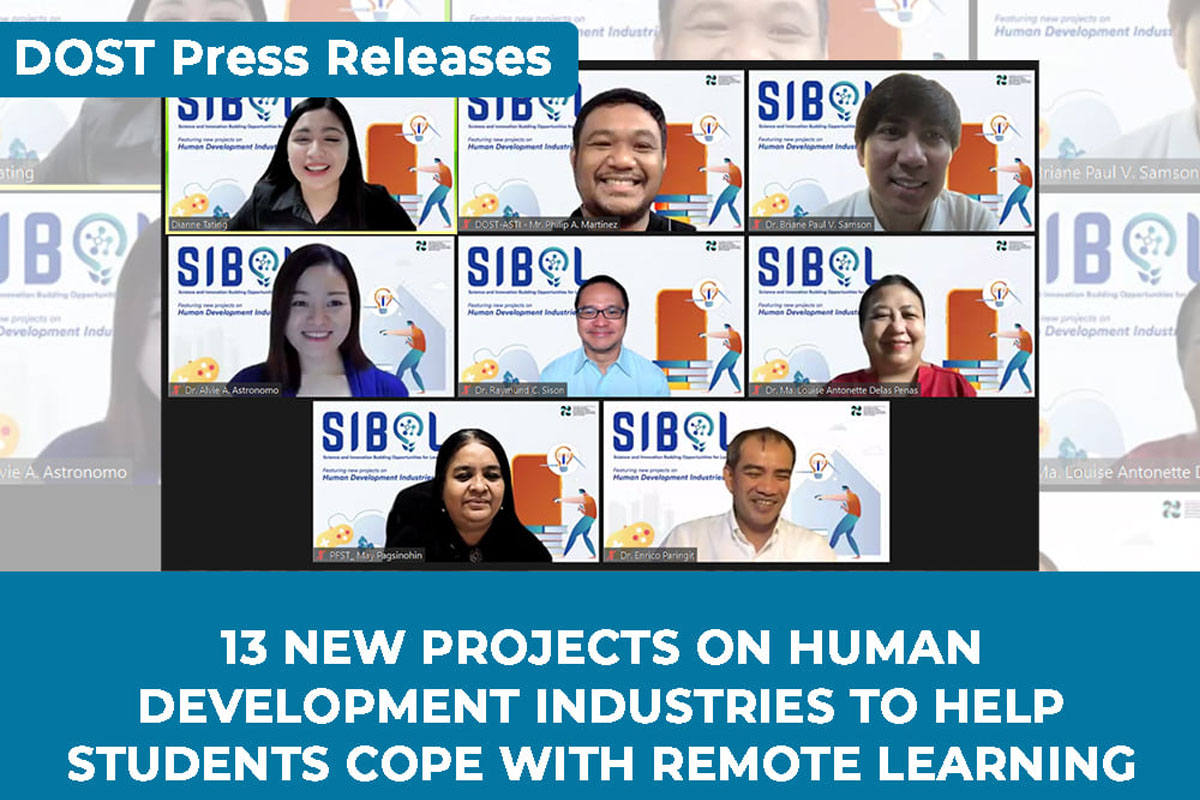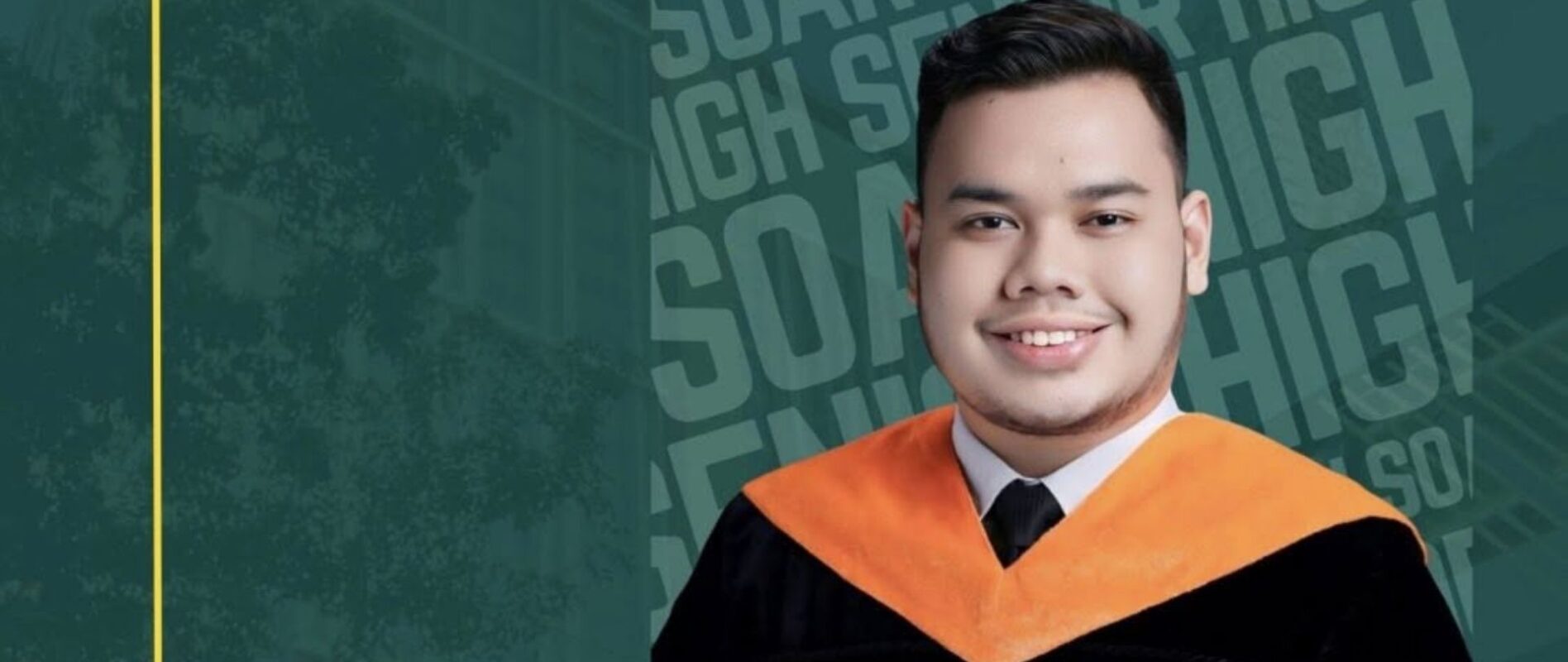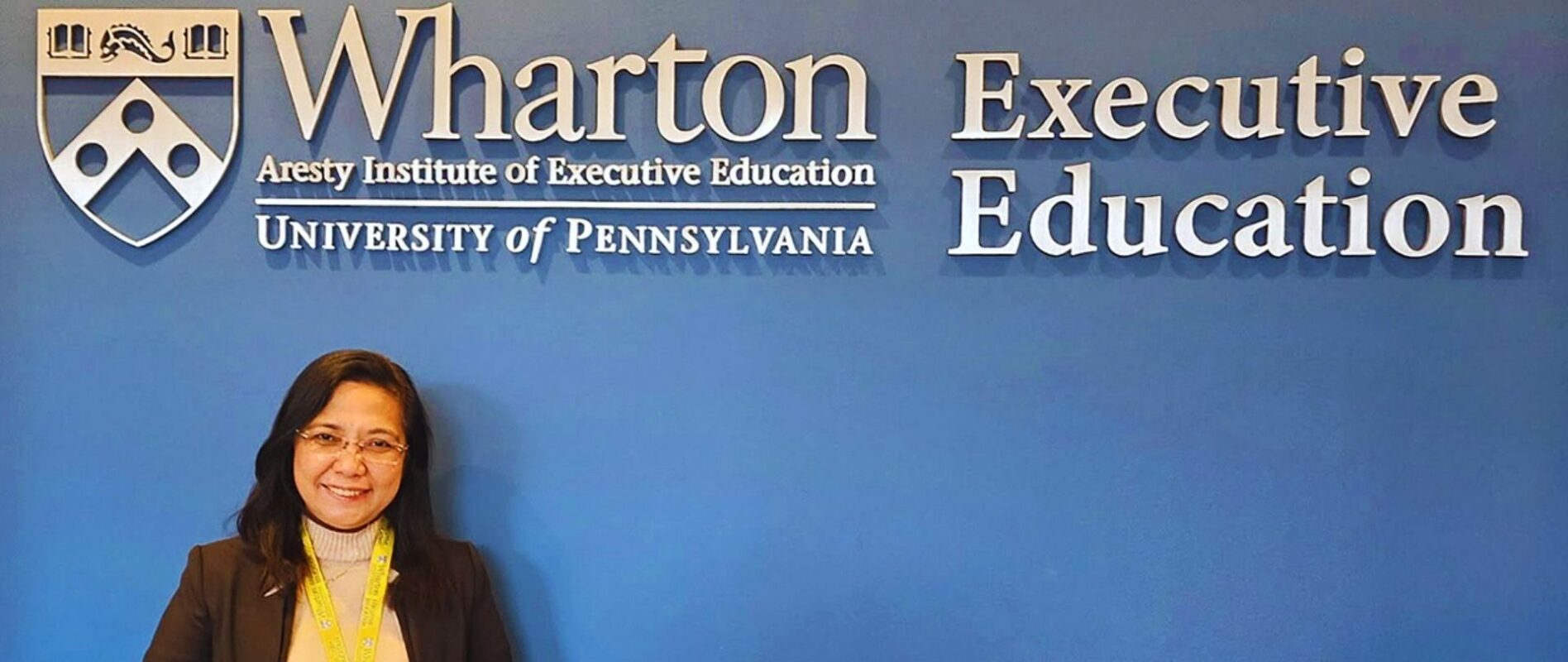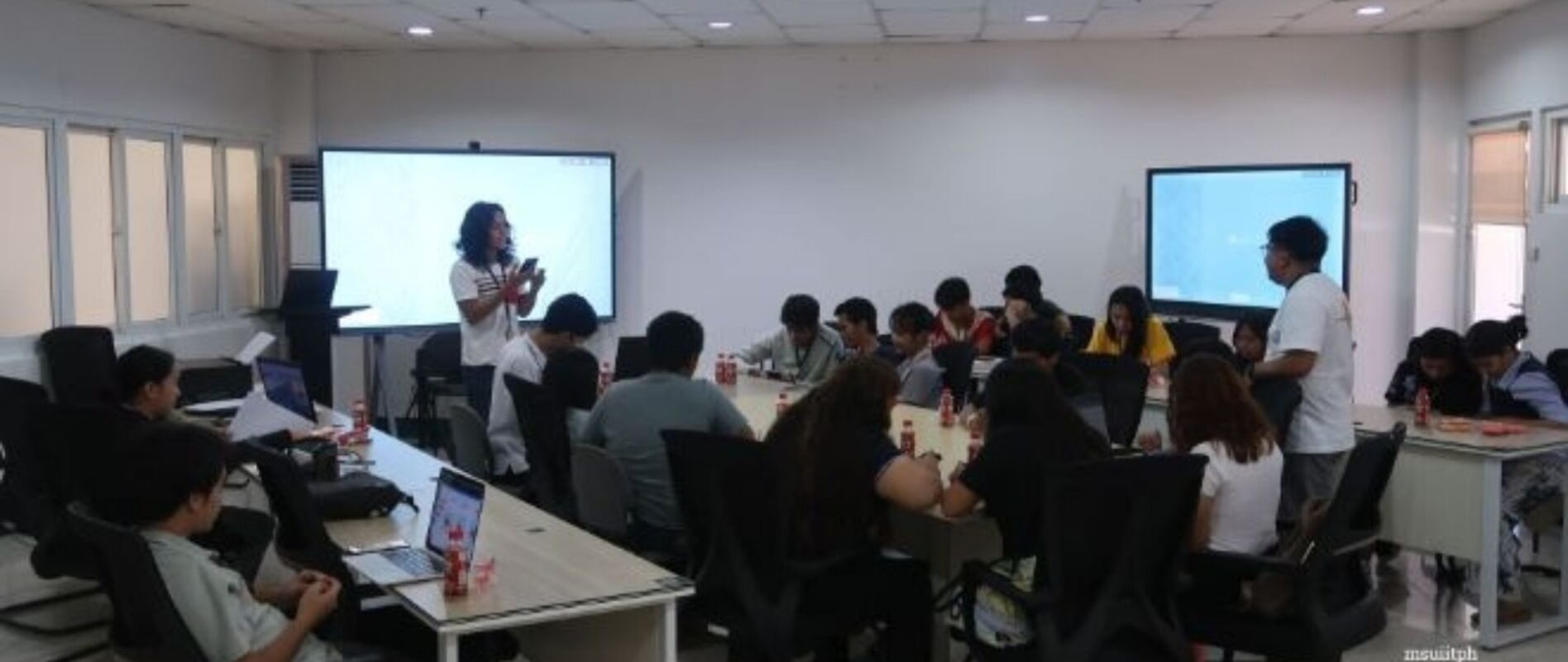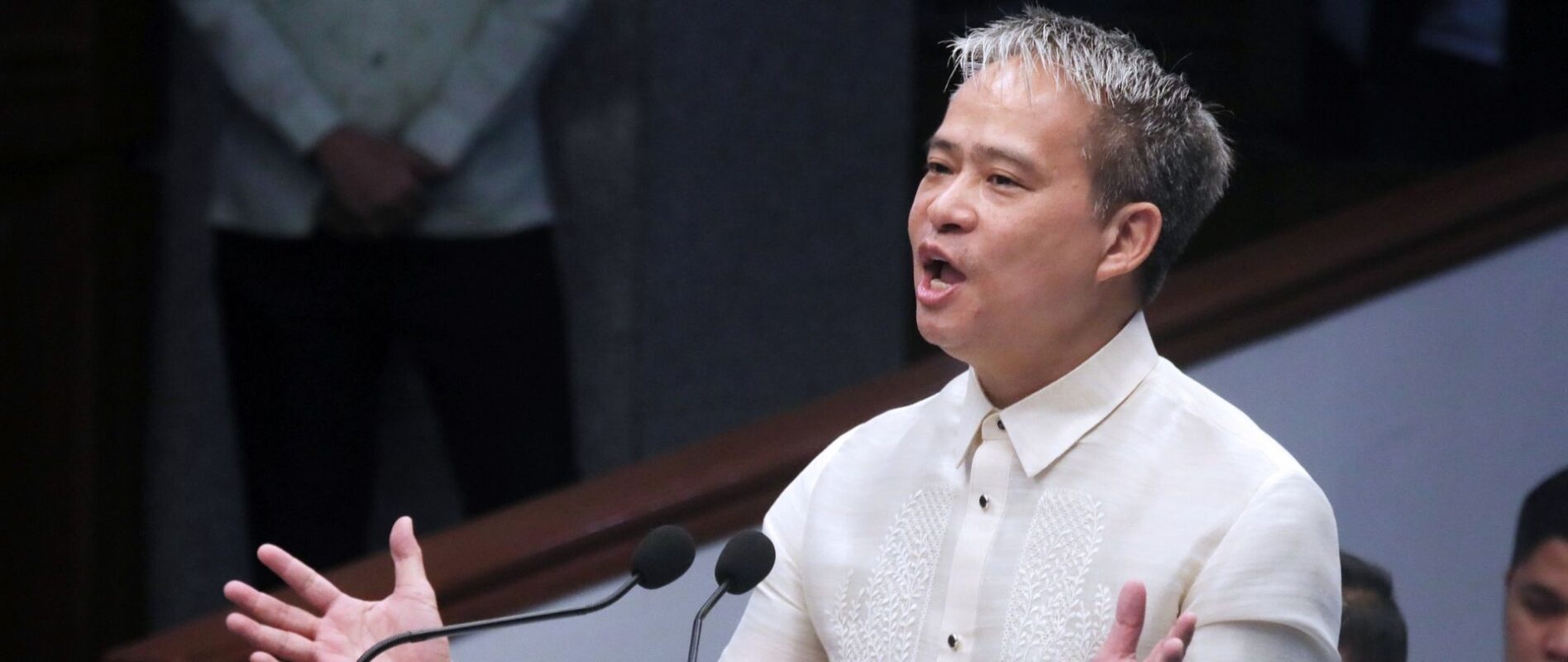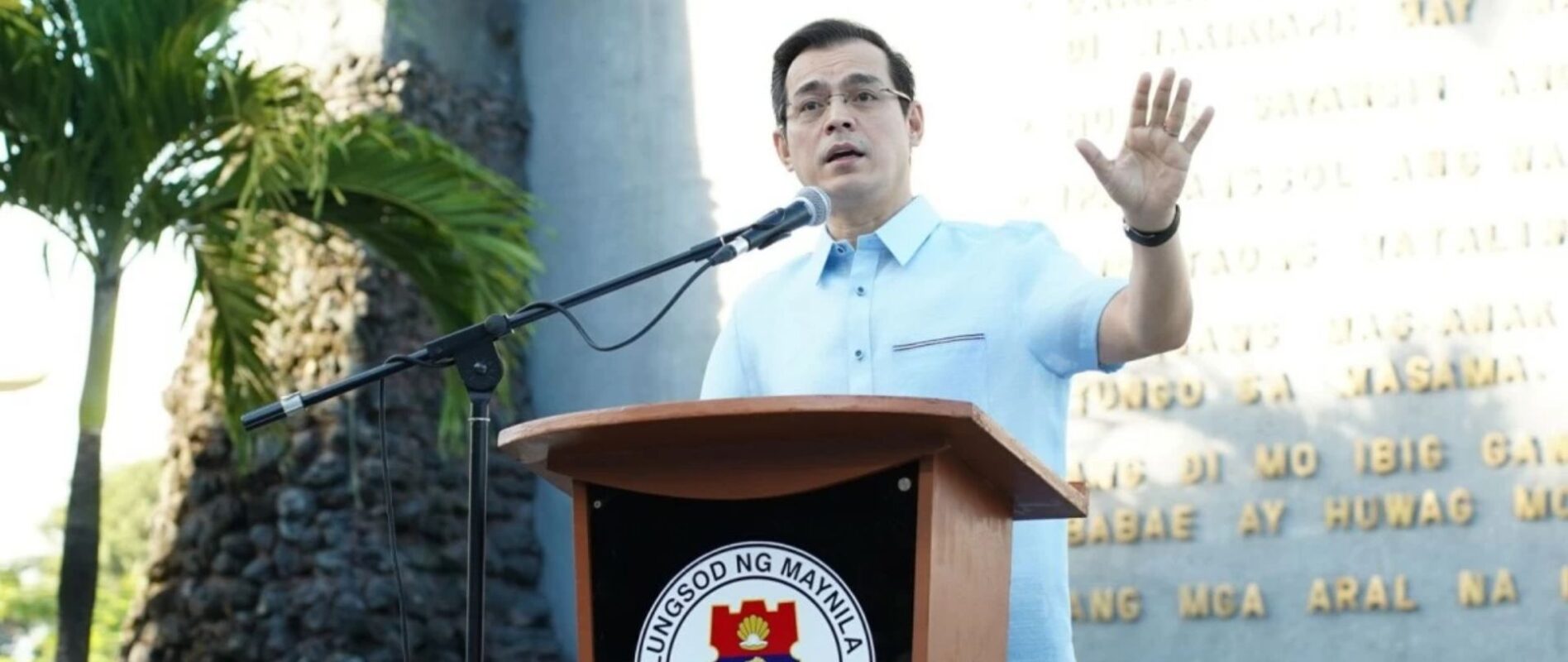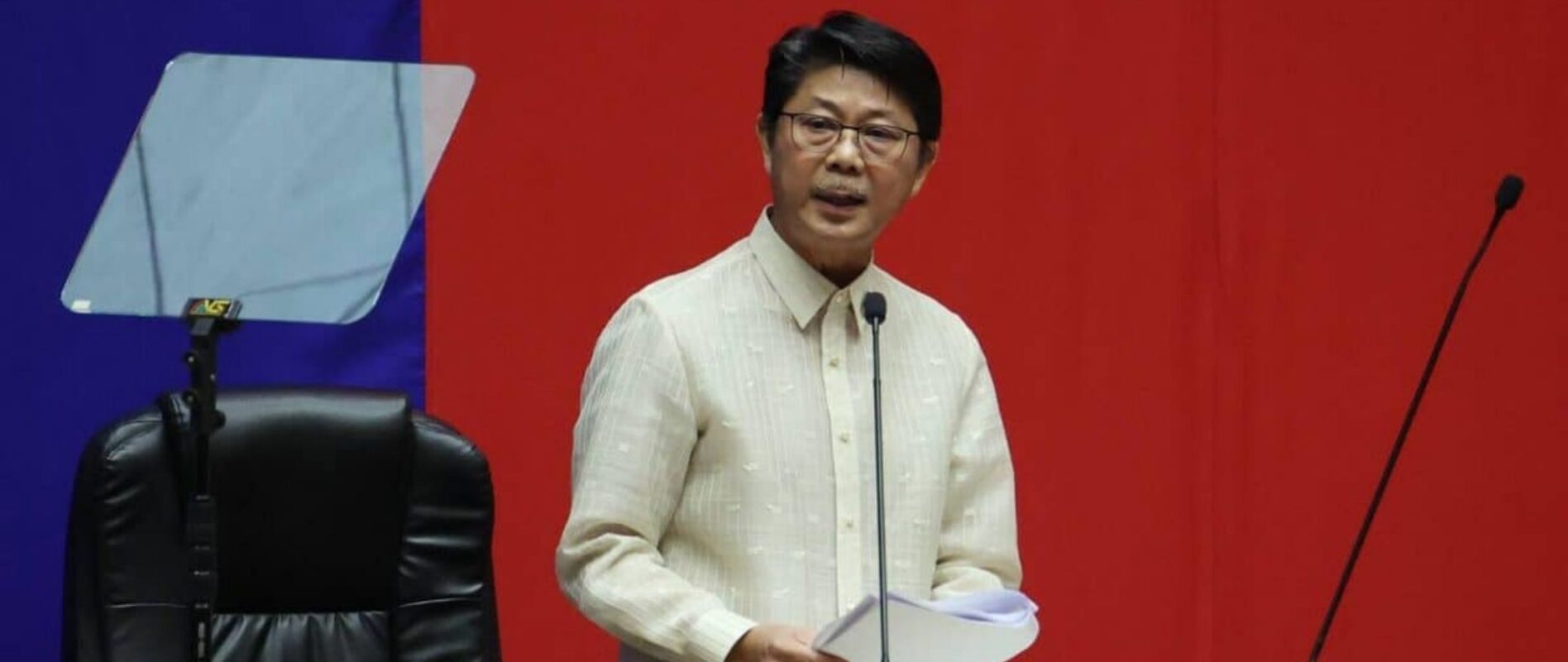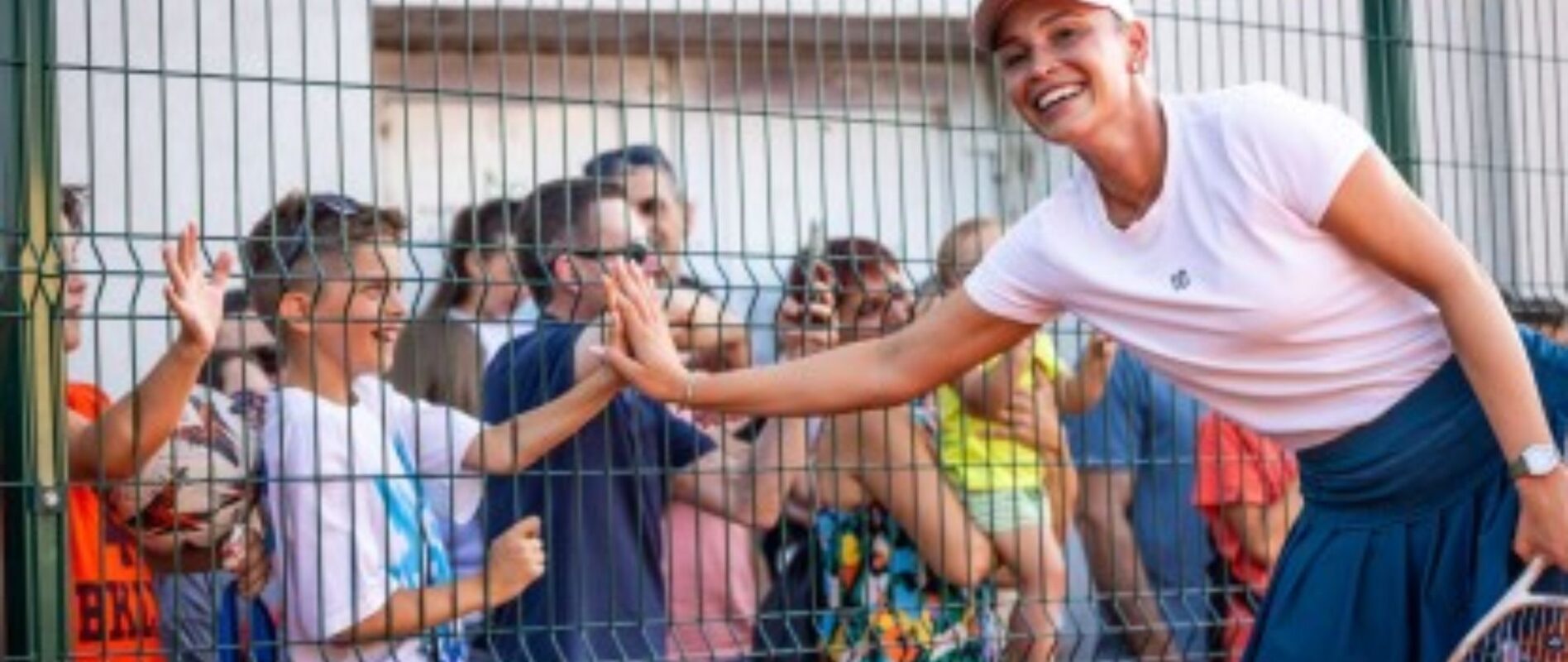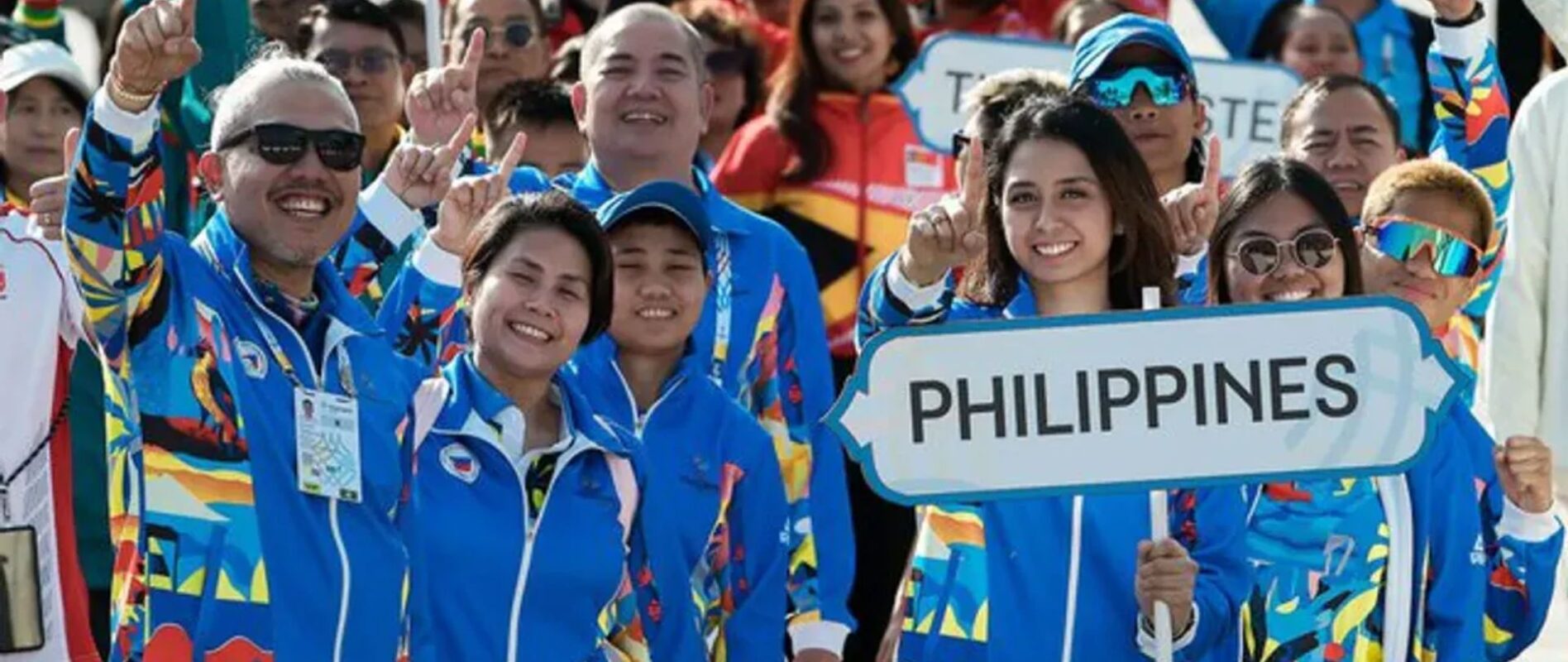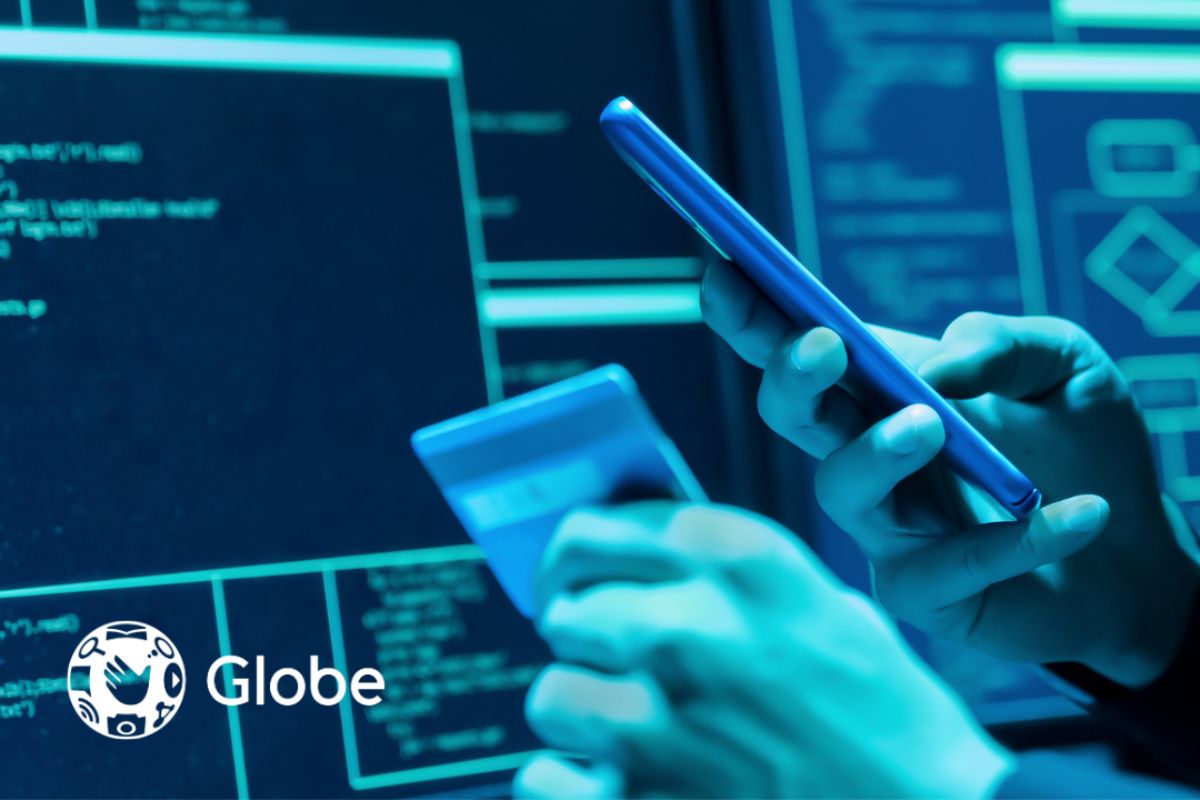13 NEW PROJECTS TO HELP STUDENTS COPE WITH REMOTE LEARNING
TO HELP learners amid the pandemic, several Filipino innovators showcased 13 projects that will make remote learning more engaging.
During the third leg of the Science and Innovation Budding Opportunities for Leverage or SIBOL webinar series organized by the Department of Science and Technology – Philippine Council for Industry, Energy and Emerging Technology Research and Development, several resource speakers from different institutions shared their new projects that aim to help and assist students.
The SIBOL webinar series is a monthly presentation of new projects and programs funded by DOST-PCIEERD that seeks to create awareness and benefit the society.
These projects presented in the recent SIBOL webinar were:
– Resilient Education Information Infrastructure for the New Normal
– Development of Framework and Materials for Distance and Remote Learning via Datacasting
– Mathematical Resources for Distance Learning Utilizing Community LTE Networks and Television Frequencies
– Establishment of the PRR-1 Subcritical Assembly for Training, Education and Research
– Diachronic Representation and Linguistic Study of Filipino Word Senses Across Social and Digital Media Contexts;
– Philippine Science Centrum Travelling Exhibits
– The Design, Implementation, and Analysis of a Digital/Mobile Game-based Learning Tool for Primary and Secondary Education
– Education Game for Chemistry in the Senior High School and Junior High School sectors of Baguio City
– Augmented Reality-based Lesson for the Improvement of Learning Achievement in Cell Biology for the STEM Curriculum
– Physics Simulator Mobile Game
– Game-based Learning Platform for Social Studies; Nurturing Interest in STEM Among Filipino Learners Using Minecraft;
– Development of Plasma Coating Process for the Furniture Industry and Cultural Adaptive Mapping Platform using Mixed Reality
– Augmented Reality-based Gamified Local Tourism and Cultural Heritage Promotion and Preservation.
“The global health crisis has pushed the Department of Education to implement emergency online education and emergency remote education which are crisis response terms for online or remote instruction during an emergency. Filipino educators taught students through multiple learning delivery modalities such as distance learning and blended learning, either on top of—or in place of face-to-face learning.
“Classes were done through various video conferencing software like Zoom and Google meet. Moreover, to help learners, parents, and teachers implement these learning delivery modalities, Self-Learning Modules were made available in print and offline and online digital formats,” DOST-PCIEERD Executive Director Dr. Enrico Paringit said in his speech.
“These strategies have underscored the need for us to integrate emerging technologies into our education system in order to strengthen modes of instruction and keep students interested and engaged. We are also optimistic that leveraging leading edge technologies and platforms will help us overcome the challenges in distance, the evolving needs for learning, and to continuing threats posed by the pandemic.” Paringit added.

